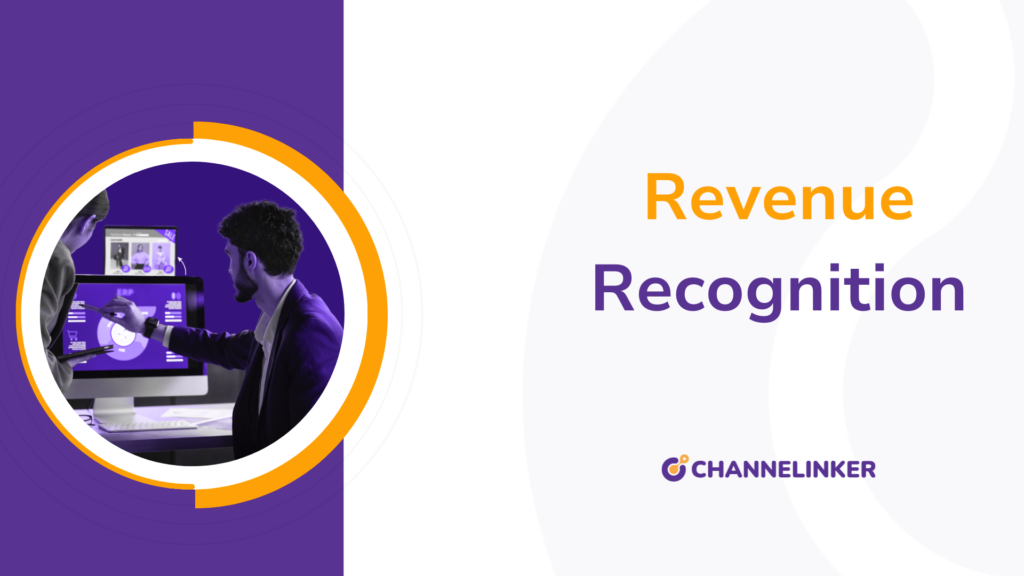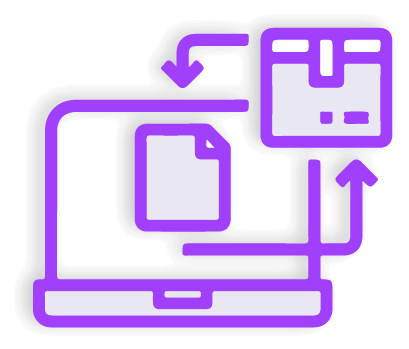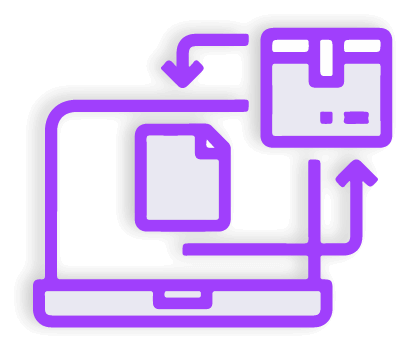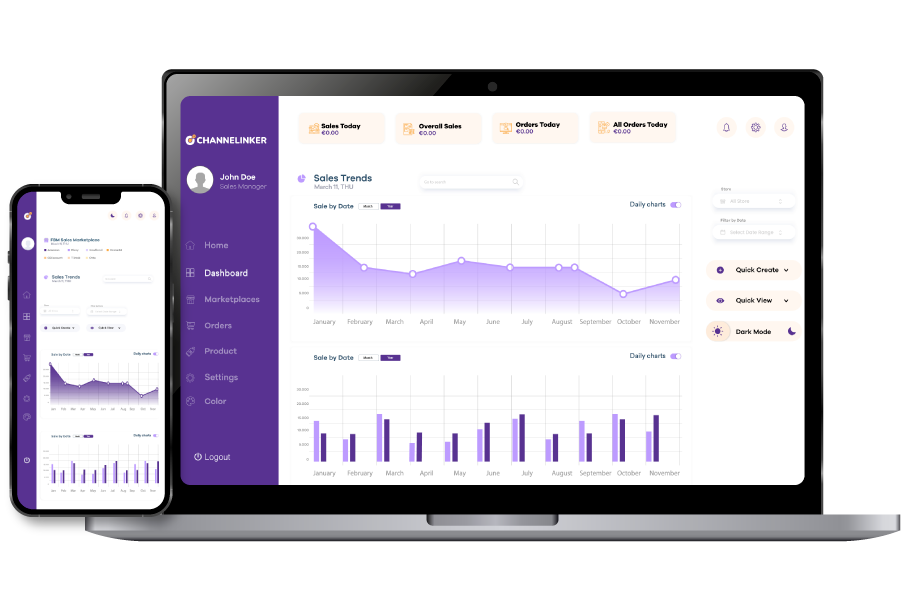Revenue Recognition: What It Is and How It Works

Revenue recognition is a fundamental accounting principle that dictates how and when revenue is recorded in financial statements. Accurate revenue recognition ensures that a company’s financial health is represented truthfully, providing stakeholders with reliable information for decision-making.
Introduction to Revenue Recognition Principles
At its core, revenue recognition determines the specific conditions under which income becomes realized as revenue. According to the revenue recognition principle, revenue is recognized when it is earned and realizable, regardless of when cash is received. This means that companies record revenue when they have delivered goods or services to a customer, and there is a reasonable assurance of payment.
This principle is essential for providing an accurate picture of a company’s financial performance during a specific period, ensuring that income is matched with the expenses incurred to generate it.
The Difference Between Cash and Accrual Accounting
Understanding revenue recognition requires a grasp of the two primary accounting methods: cash and accrual accounting.
- Cash Accounting: Revenue and expenses are recognized only when cash is exchanged. This method is straightforward and often used by small businesses. However, it may not provide an accurate picture of financial health, especially for companies with significant receivables or payables.
- Accrual Accounting: Revenue is recognized when earned, and expenses are recognized when incurred, regardless of cash flow. This method aligns with the revenue recognition principle and provides a more accurate representation of a company’s financial position. netsuite.com
Most businesses, especially larger ones, adopt accrual accounting to comply with Generally Accepted Accounting Principles (GAAP) or International Financial Reporting Standards (IFRS).
Everything You Need to Know About Revenue Recognition Principles
The revenue recognition principle is guided by several key concepts:
- Realization Principle: Revenue is recognized when goods or services are exchanged for cash or claims to cash (receivables).
- Earned Revenue: Revenue is considered earned when the company has substantially completed the activities it must perform to be entitled to the revenue benefits.
- Measurability: The amount of revenue can be reliably measured.
- Collectability: It is reasonably assured that the payment will be collected.
These principles ensure that revenue is reported accurately, reflecting the true economic activity of the business.
Five-Step Revenue Recognition Model
To standardize revenue recognition, the Financial Accounting Standards Board (FASB) and the International Accounting Standards Board (IASB) introduced a five-step model under ASC 606 and IFRS 15:
- Identify the Contract with a Customer: A contract is an agreement between two or more parties that creates enforceable rights and obligations.
- Identify the Performance Obligations in the Contract: Determine the distinct goods or services promised to the customer.
- Determine the Transaction Price: Establish the amount of consideration the company expects to receive in exchange for transferring goods or services.
- Allocate the Transaction Price to the Performance Obligations: Distribute the transaction price to each performance obligation based on their standalone selling prices.
- Recognize Revenue When (or As) the Entity Satisfies a Performance Obligation: Record revenue when control of the goods or services is transferred to the customer.
This model provides a comprehensive framework for recognizing revenue consistently across various industries and transactions.
Common Types of Revenue Recognition
Different industries and transactions may require specific revenue recognition methods:
- Sales-Based Recognition: Revenue is recognized at the point of sale when control of goods transfers to the customer.
- Percentage-of-Completion Method: Used in long-term contracts, revenue is recognized based on the progress toward completion.
- Completed-Contract Method: Revenue is recognized only when a contract is fully completed, typically used when the outcome of a project is uncertain.
- Installment Sales Method: Revenue is recognized as cash is collected, often used when there is uncertainty about collection.
Selecting the appropriate method depends on the nature of the business and the specific terms of transactions.
Assess All Your Revenue
Accurate revenue recognition requires a thorough assessment of all revenue streams:
- Review Contracts: Examine all customer contracts to identify performance obligations and terms.
- Evaluate Variable Consideration: Consider discounts, rebates, refunds, or other variables that may affect the transaction price.
- Consider Non-Cash Compensation: Account for any non-monetary exchanges that may constitute revenue.
Regular assessments ensure compliance with accounting standards and provide a clear financial picture.
Automate Reports and Dashboards
Implementing automation tools can enhance the accuracy and efficiency of revenue recognition:
- Real-Time Data: Access up-to-date financial information to make informed decisions.
- Customized Dashboards: Tailor dashboards to monitor key revenue metrics relevant to your business.
- Automated Reporting: Generate financial reports automatically, reducing manual errors and saving time.
Automation streamlines the revenue recognition process, ensuring timely and accurate financial reporting.
Customize for Your Business
Every business is unique, and revenue recognition practices should reflect that:
- Industry-Specific Standards: Adopt revenue recognition methods that align with industry norms and regulations.
- Tailored Policies: Develop internal policies that address the specific revenue streams and transactions of your business.
- Continuous Improvement: Regularly review and update revenue recognition


